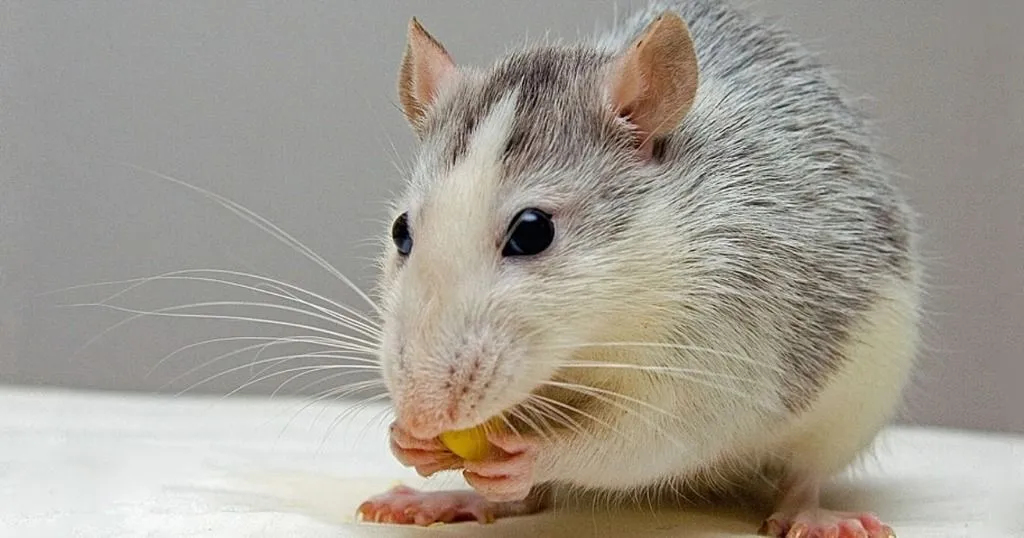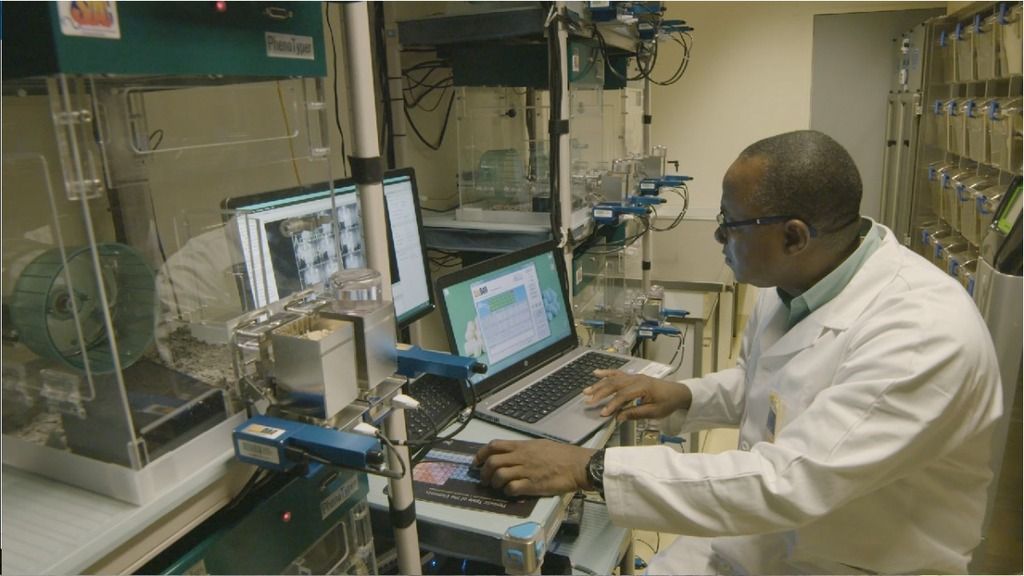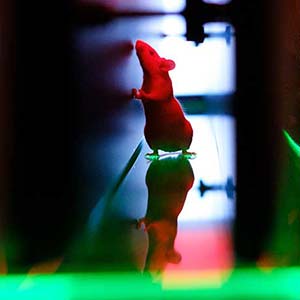How to characterize behavioral phenotypes in a behavioral analysis facility
Introducing the Behavioral Analysis Facility. Researchers evaluate the behavioral and functional activities of new pharmacological drugs using diverse functional tests. Learn more about their recent projects.
Posted by
Published on
Fri 27 Jul. 2018
Topics
| Anxiety | CatWalk XT | Depression | EthoVision XT | Food | PhenoTyper | Video Tracking |
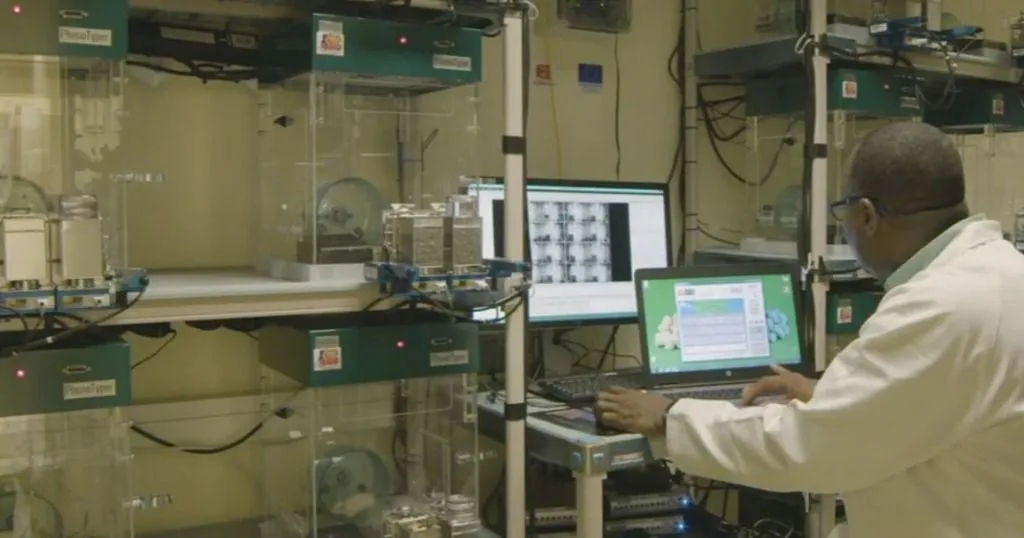
The Behavioural Analysis facility (Service Commun d’Analyse Comportementale, SCAC) is a research infrastructure for life science of Institute of Research and Innovative in Biomedicine (IRIB) of University of Rouen, France.
Watch this video and learn more about recent research at this lab such as research into the relationship between food intake and mood disorders. And find out why Dr. Do Rego chooses automatic measurements to analyze behavior.
How to characterize behavioral phenotypes in a behavioral analysis facility
Behavioral Analysis Facility | Noldus Customer Success Story
Researchers at this lab evaluate the behavioral and functional activities of new pharmacological drugs using diverse functional tests such as: anxiety, fear, and depression, nutrition, food and drink consumption, metabolism, development (neonatal development and maternal behavior), learning and memory, pain, motor behavior (spontaneous activity, motor coordination), sensorimotor gaiting, addiction (appetitive or aversive properties), neurotoxicity and stroke.
Automate behavioral tests
Next to PhenoTyper, SCAC has animal rooms and rooms specially dedicated to animal behavioral experiments. It brings together various classical and original devices, at the forefront of current technology. For example for gait analysis, and of course EthoVision video tracking software to automate for example an open field or plus maze experiment.
This is what Dr. Do Rego tells us about these tools "CatWalk XT & EthoVision XT, without question, are very valuable behavioral testing tools for both novices as well as for experts due to their easy handling, flexibility and user-friendliness."
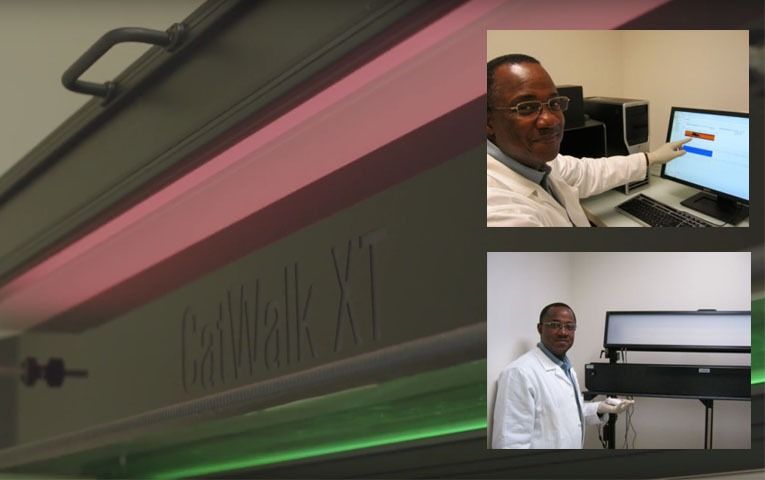
Animal models
This facility is specialized in the creation and evaluation of animal models, mainly rodents, reproducing some emotional, dementia, neurodegenerative and motor diseases affecting humans.
The lab has the objective to develop new animal models, to characterize complete behavioral phenotypes and in the reproducibility of our experimental models presenting deficits of neurological, psychiatric order or associated to the ageing and stroke and consequently to be able to test new pharmacological drugs with therapeutic aim within the framework of national and international scientific collaborations with academic and industrial partners.
Related Posts
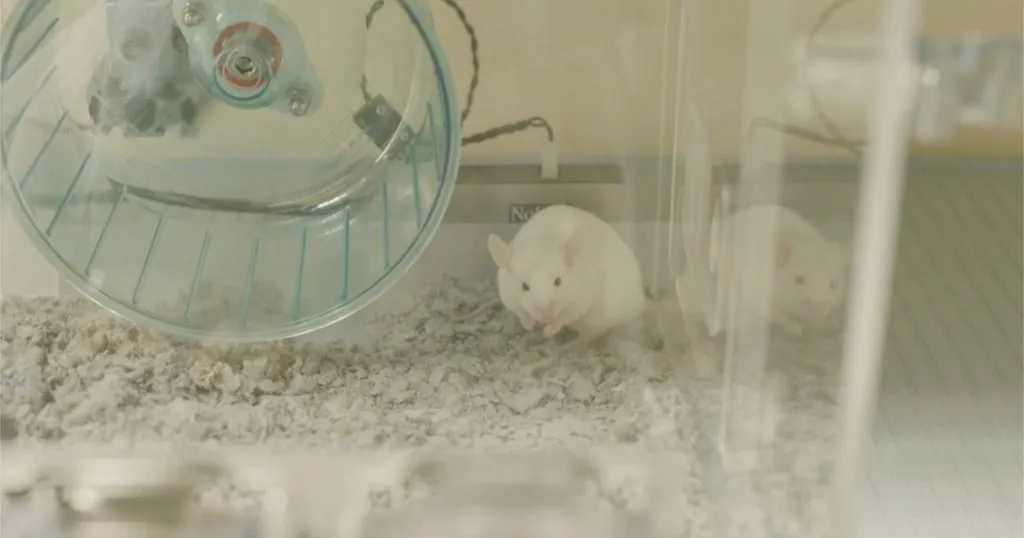
The Hypothalamus is involved in locomotion? Complex dopamine circuitry uncovered

Taking opioids during pregnancy: short- and long-term consequences in rats
